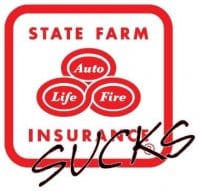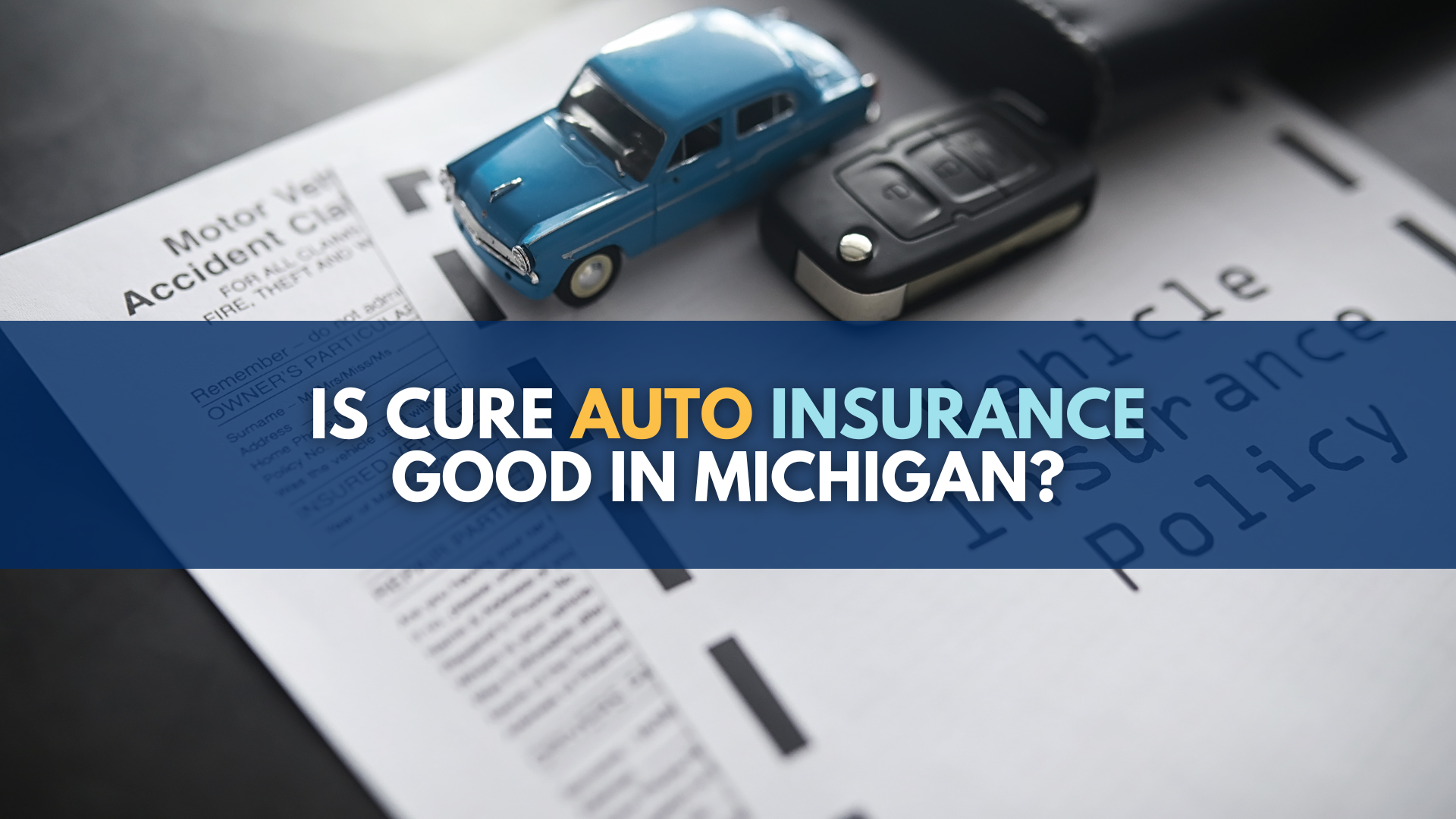What led the Utah Court to denounce State Farm’s “deceit,” “mad dog defense tactics,” and “fraudulent practices”

State Farm week continues on the Michigan Auto Law blog. Monday I discussed State Farm’s “Mad Dog” defense tactics, and Tuesday, I discussed just how profitable these business practices have become for the giant insurer, together with a giant spike in consumer complaints in Michigan. Today I want to describe the case that started the national attention into State Farm’s claims practices: Campbell v. State Farm.
Curtis Campbell caused a car crash that killed Todd Ospital and disabled Robert Slusher. When Slusher and Ospital’s estate approached State Farm (Campbell’s liability insurer), about settling their damages claim within Campbell’s $25,000 policy limits, State Farm refused.
Let me repeat that one: A State Farm customer, who had paid an insurance premium to be protected by State Farm insurance if he ever did cause a motor vehicle accident, did in fact cause a car accident that resulted in one person being killed, and another seriously injured and disabled. That insured person only had $25,000 in insurance policy limits. And State Farm, when it was approached by the attorneys representing the accident victims to pay the insurance policy limits, refused.
By refusing to settle, State Farm ignored, hid and altered evidence showing that Campbell was at fault. Additionally, State Farm provided Campbell with a trial lawyer who assured Campbell and his wife “that their assets were safe” and “that they had no liability for the accident …”
When the jury returned a verdict finding Campbell 100% at fault and awarding more than $150,000 in damages to Slusher and Ospital’s estate, the State Farm defense lawyer told Campbell and his wife “‘you may want to put for sale signs on your property to get things going …’”
Campbell and his wife hired a new lawyer and sued State Farm for bad faith, fraud and intentional infliction of emotional distress.
At the trial, the Campbells introduced evidence that:
“State Farm’s decision to take the case to trial was a result of a national scheme to meet corporate fiscal goals by capping payouts on claims company wide. This scheme was referred to as State Farm’s ‘Performance, Planning and Review,’ or PP&R, policy.”
The jury ruled in the Campbells’ favor, awarding $2.6 million in compensatory damages and $145 million in punitive damages.
It’s worth noting that if the Campbells had been Michigan residents, State Farm would have likely escaped punishment for their dastardly deeds.
State Farm’s “reprehensible conduct”
In its Campbell v. State Farm Mutual Auto Insurance Company opinion, the Utah Supreme Court noted that the trial court “made nearly twenty-eight pages of extensive findings concerning State Farm’s reprehensible conduct,” but chose to focus on the following three examples of State Farm’s “most egregious and malicious behavior”:
“First, State Farm repeatedly and deliberately deceived and cheated its customers via the PP&R scheme…. For over two decades, State Farm set monthly payment caps and individually rewarded those insurance adjusters who paid less than the market value for claims. … Agents changed the contents of files, lied to customers, and committed other dishonest and fraudulent acts in order to meet financial goals. …. As the trial court found, State Farm’s fraudulent practices were consistently directed to persons – poor racial or ethnic minorities, women, and elderly individuals – who State Farm believed would be less likely to object or take legal action.”
* * *
“Second, State Farm engaged in deliberate concealment and destruction of all documents related to this profit scheme. … State Farm’s own witnesses testified that documents were routinely destroyed so as to avoid their potential disclosure through discovery requests. … Such destruction even occurred while this litigation was pending. … Additionally, State Farm, as a matter of policy, keeps no corporate records related to lawsuits against it, thus shielding itself from having to disclose information related to the number and scope of bad faith actions in which it has been involved.”
* * *
“Third, State Farm has systematically harassed and intimidated opposing claimants, witnesses, and attorneys. … For example, State Farm published an instruction manual for its attorneys mandating them to ‘ask personal questions’ as part of the investigation and examination of claimant in order to deter litigation. … There was also evidence that State Farm actually instructs its attorneys and claim superintendents to employ ‘mad dog defense tactics’ – using the company’s large resources to ‘wear out’ opposing attorneys by prolonging litigation, making meritless objections, claiming false privileges, destroying documents, and abusing the law and motion process.”
* * *
A so-called “good neighbor’s” trickery, deceit, false statements and misconduct
Referring to the three examples above, the Utah Supreme Court concluded that they show that:
“State Farm engaged in a pattern of ‘trickery and deceit,’ ‘false statements,’ and other ‘acts of affirmative misconduct’ targeted at ‘financially vulnerable’ persons. … Moreover, State Farm has strategically concealed ‘evidence of [its] improper motive’ to shield itself from liability, which was furthered by State Farm’s treatment of opposing witnesses and counsel. … Such conduct is malicious, reprehensible, and wrong.”
Not surprisingly, the Utah Supreme Court was neither sympathetic to nor convinced by State Farm’s rationalizations that “even if its conduct was wrong, it does not ‘after all, involve murder, torture, or deliberate poisoning of the environment,’ and thus cannot warrant millions of dollars in punitive damages.”
Indeed, the Utah Supreme Court delivered the following rebuke to State Farm’s absurd contention:
“In this case, the jury was convinced, and the evidence shows, that State Farm engaged in a widespread pattern of fraud.”
* * *
“Moreover, the evidence of its PP&R scheme demonstrates that State Farm specifically calculated and planned to avoid full payment of claims, regardless of their validity. Thus, the nature of State Farm’s conduct supports the imposition of a higher than normal punitive damage award.”
* * *
After the Utah Supreme Court issued its Campbell opinion, State Farm appealed its case all the way to the U.S. Supreme Court, where a 6-justice majority, led by Justice Anthony Kennedy, tossed out the Utah jury’s $145 million punitive damages award against State Farm on the grounds that it violated the Due Process Clause of the Fourteenth Amendment.
On remand, the Utah Supreme Court held “that State Farm’s behavior toward the Campbells was so egregious as to warrant a punitive damages award of $9,018,780.75, an amount nine times greater than the amount of compensatory and special damages.”
Tomorrow, I will be discussing what I see for State Farm’s future.


